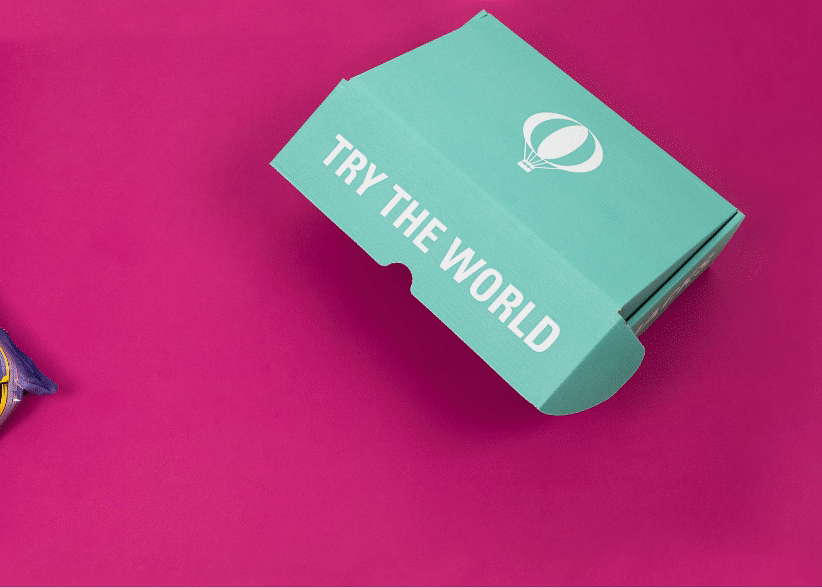Originally from Long Island in New York, Try The World’s Japan Box curator discovered his passion for Japanese cuisine at an early age in culinary school. Chef Chris Jaeckle later joined the team at Morimoto (Iron Chef Masaharu Morimoto’s ultra-chic sushi lounge in New York City) where he experimented with the many possible flavors and textures of temaki (cone-shaped, hand-rolled sushi). He is now the executive chef of All’onda, a modern Venetian restaurant, and co-owner of the recently opened Uma Temakeria, both located in New York City.
You come from an impressive line of culinary talent, most notably Chef Morimoto. Aside from the culinary skills you acquired, what was the value of working under a renowned chef?
When I worked at Morimoto, I was responsible for making stocks, sauces, and rice. After four years of these tasks, I really understood how and why to make these things. But aside from concrete skills, the most important thing I learned from Morimoto was patience. When I was younger, I was always like, “What else can I learn? Ok, I got that!” and I’d move onto the next thing. I never spent the time to understand how and why something worked. Patience has made me mature as a chef, and it solidified my interest in Japanese cooking.
Now that you’ve opened your own restaurant, what do you think makes your food special?
My style of cooking is a lot simpler than people think. Other than knife work, I do very little in terms of manipulating ingredients, which I think takes root in both Japan and Italy. For Italians, it’s a little less about aesthetics than for the Japanese, but just like the Japanese, they start with quality ingredients and manipulate them very little.
Tell us more about this mix between Italian and Japanese cuisine. What is it about these two cuisines that interests you?
Both cuisines, just like my style of cooking, are rooted in simplicity. The two cultures also have similar geographical elements: both countries are surrounded by water. Both have a very heavy seafood influence in their foods. The flavors of both cuisines also work really well together, and there’s even a chemical connection between them. For example, there’s more glutamate in tomatoes or mushrooms than there is in soy sauce! So many similarities exist between the two. Not enough people are thinking about or discussing them!
What makes Japanese food in Japan so special?
The Japanese have an ability to take simple ingredients and make them as special as possible. They’re meticulous people, and it’s really amazing that they’re willing to (a), pay for and (b), take the time to curate the production of ingredients so well. It makes a huge difference in the flavors of each ingredient.



 Rooted in traditional Japanese dishes and techniques, Jaeckle inserts his modern perspective into everything he cooks. In an exclusive interview with Try The World, Jaeckle talks about his cooking style and the striking similarity between Italian and Japanese cuisines.
Rooted in traditional Japanese dishes and techniques, Jaeckle inserts his modern perspective into everything he cooks. In an exclusive interview with Try The World, Jaeckle talks about his cooking style and the striking similarity between Italian and Japanese cuisines.


